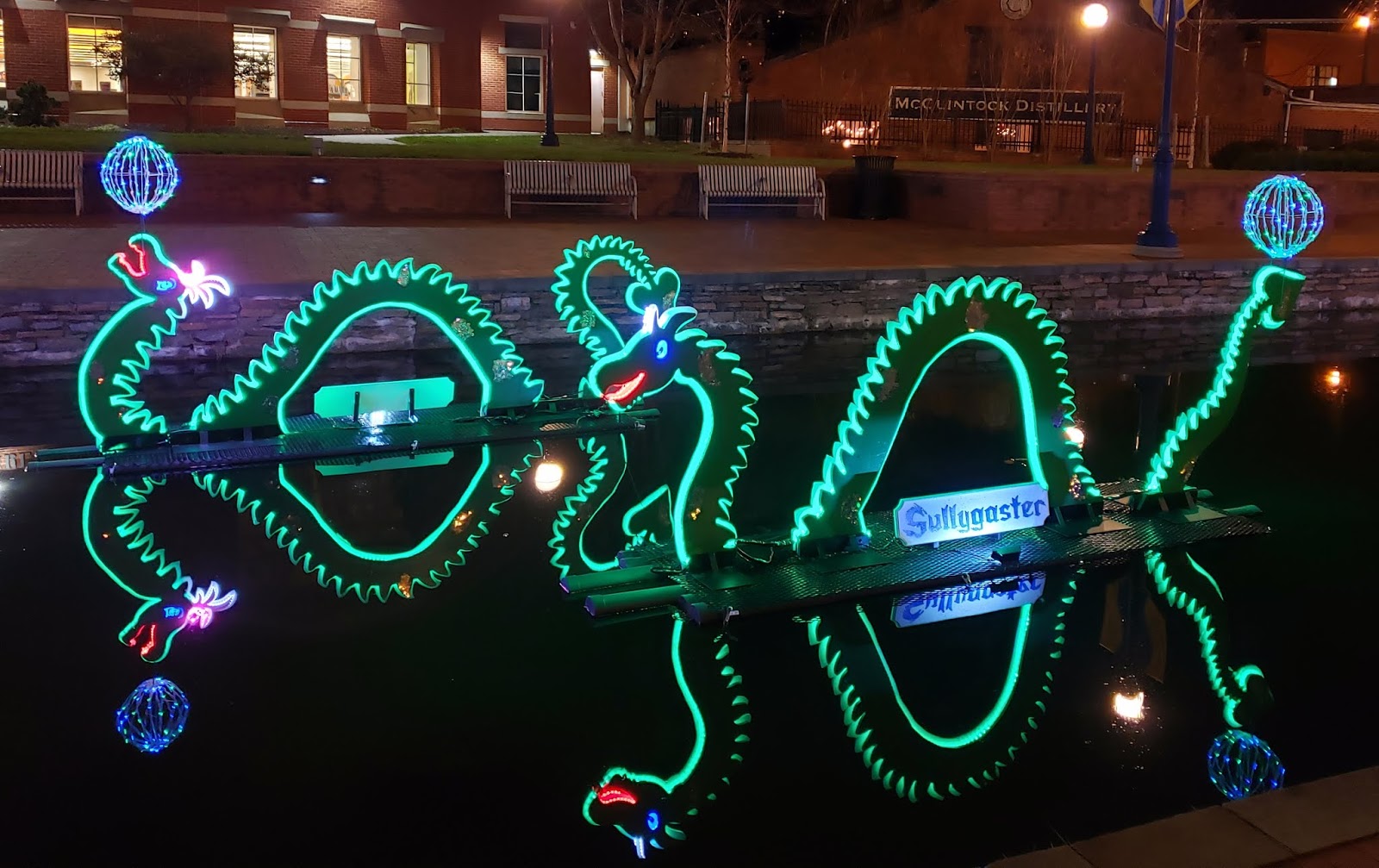
Here we demonstrated that the phytoplankton communities could actively counteract the effects of turbulence + SPM and adapt the couple stress, jointly through the release of EPS, the modification of SPM surface properties and the conversion of their assemblage pattern, thereby contributing to rebalance the ecosystem. During the 18 days’ coincubation, extracellular polymeric substances (EPS) released from algal cells induced larger particle sizes and round surfaces of SPM, which can reduce the damage received to algal cells. On the other hand, the phytoplankton can regulate the SPM properties. Addition of SPM in the Ɛ of 1.80 × 10⁻² m²/s³ treatments did not considerably affect the algal density profile compared to that without SPM, of which unicellular algae decreased and colonial algae dominated the phytoplankton community. In contrast to the constant decrease of algal density for the Ɛ of 2.25 × 10⁻³ m²/s³, a dramatic increase in the phytoplankton density occurred after 16 days of incubation for a Ɛ of 1.80 × 10⁻² m²/s³, irrespective of SPM. The results revealed that maintaining the turbulence dissipation rates (Ɛ) of 2.25 × 10⁻³ and 1.80 × 10⁻² m²/s³ caused significant reductions in algal density, and the effects could be substantially enhanced when 500 mg/L of SPM were added before day 12. Here, an approximately homogeneous turbulence simulation system (AHTS, mainly consisting of an oscillating-grid apparatus) was established to gain insight into the mechanisms underlying phytoplankton community responses in turbid, well-mixed waters.


The effect of turbulence on phytoplankton growth has been widely studied however, its effects with respects to suspended particulate matter (SPM) on the development of phytoplankton communities and the behavioral responses of phytoplankton to turbulence and SPM are poorly understood. The study showed that time-scale hierarchy mandates the essential phytoplankton attributes or traits for success in a particular section of the water column and/or water body. The vertical transport time scales were much shorter than horizontal transport and vertical dispersion leading to growth niche for the observed phytoplankton.

The strongly stratified nutrient-rich metalimnion had mild light conditions and Diatoma elongatum and Planktothrix rubescens made up the largest proportions of the total phytoplankton biomass at the intermediate and deeper metalimnetic layers.
#Winter illuminations beckley creek Patch
The horizontal patch scale was determined by horizontal dispersion balancing the phytoplankton growth time scale, dictating the success of the observed green algae. The vertical mixing time scales were much shorter than horizontal mixing time scales causing a depth-uniform chlorophyll a concentration. The results show that the diurnal surface layer was well mixed, received strong diurnal radiation, had low phosphorus concentrations and the phytoplankton biomass was sustained by the green alga Sphaerocystis schroeterii.

By ordering the rate processes time scales we derive a phytoplankton patch categorization and growth interpretation that provides a general framework for the spatial distribution of phytoplankton concentration in Lake Iseo and illuminates the characteristics of their ecological niches. A combination of field observations and 3D hydrodynamic simulations were used to identify the phytoplankton species and to estimate the various time scales of the dominant physical and biological processes in Lake Iseo, a deep subalpine lake located in northern Italy, during a stratified period (July 2010).


 0 kommentar(er)
0 kommentar(er)
